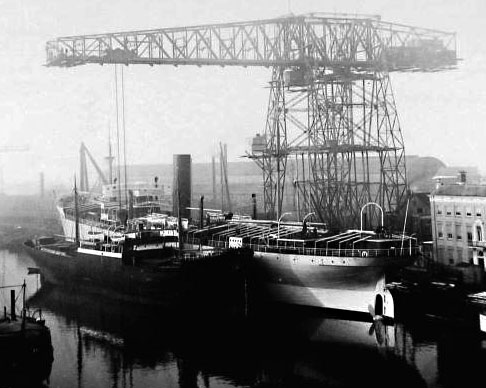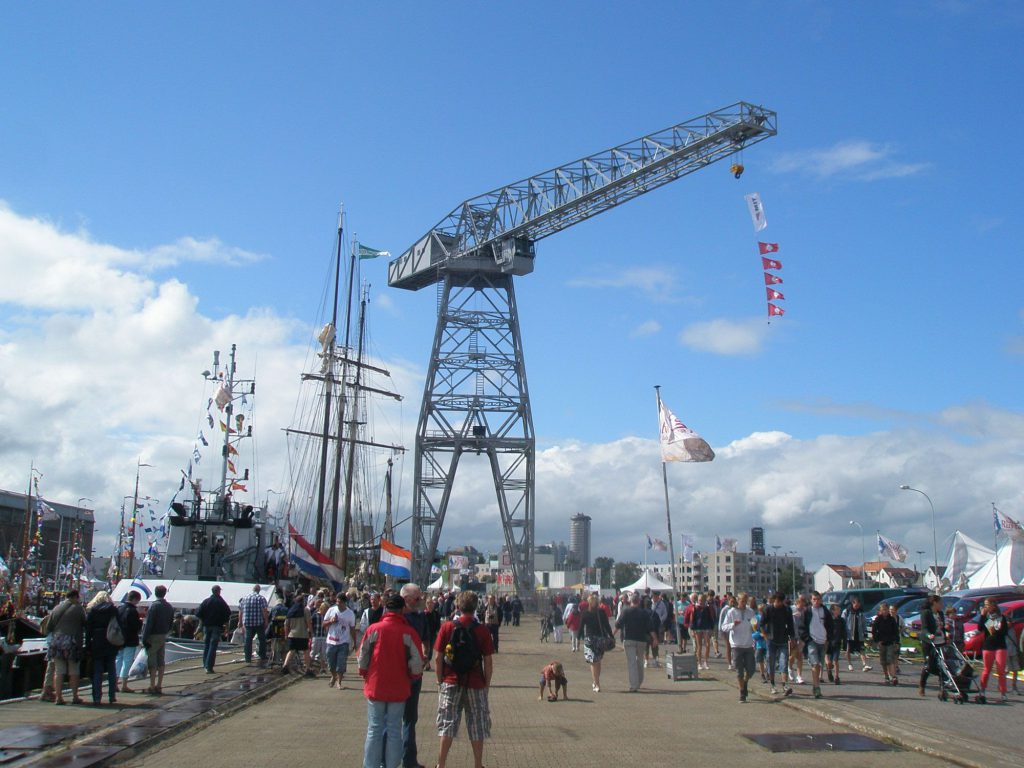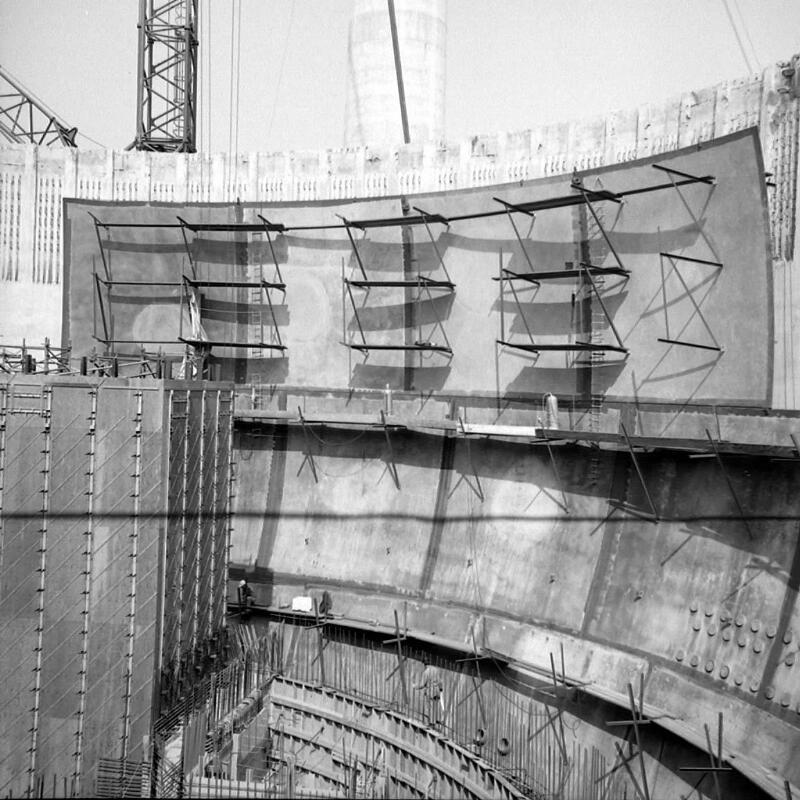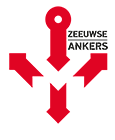Seaports
With Zeeland Seaports, Zeeland has one of the largest ports in the Netherlands after Rotterdam. The port of Zeeland Seaports is located on two sides of the Westerschelde. In Terneuzen and Vlissingen-Oost (also known as the Sloe area). This is where you will find docklands and industrial areas. The two go hand in hand. The port industry is flourishing in Zeeland and that is in no small part thanks to the fact that in the 1960s, politicians in The Hague decided to actively attract industry to Zeeland.
Shipbuilding
Shipbuilding has been an important industry in Zeeland’s ports for a long time. But when motorised ships entered the picture, many of Zeeland’s smaller shipyards disappeared. A number of the larger players survived. There is still one located on the Canal across Zuid-Beveland near Hansweert, for example. But the most well-known is undoubtedly Koninklijke Maatschappij De Schelde (the Royal De Schelde Group, nowadays Damen/Amels) in Vlissingen. This fame is partly due to the fact that the shipyard was closely associated with the city. Indeed, part of the city centre was surrendered to the shipyard. Whenever a big ship was being built here, you could see it slowly rising above the town. Even the few people from Vlissingen not employed by Schelde could still follow the entire building process.

The Gelderland (black ship) and the Surakarta (white ship) at the De Schelde shipyard (ZB, Image Bank Zeeland, Schelde photo archive). Commissioning of the Surakarta took place on 13 January 1913.
Drydocks
Shipyard De Schelde was subsequently taken over by Damen/Amels and began to focus on superyachts. The company relocated to the Buitenhavens. These days, there are invariably a few superyachts moored out here that you can admire from the Koningsweg. Not as dominant as the ships of the past, but certainly no less impressive. Part of the old grounds have now been reclaimed for residential use. Although there are still a few reminders from the glory days of De Schelde here and there, such as the old Scheldekraan.

The Scheldekraan at the Vlissingen Maritime event in August 2012.
Sloegebied
The inner port was already further out of the centre, but for the next step – the construction of a completely new port area – the Sloe district (Sloegebied) was moved several kilometres eastwards. The government was keen to foster employment outside the Randstad region. With government support, the Sloegebied was further developed into a large port and industrial area. Two major companies (Pechiney and Hoechst) wanted to establish themselves there, but they would then need a lot of cheap electricity. That is why the Borsele nuclear power plant was built. This was not without controversy, as there was no solution for the storage of waste and people were afraid of the cooling water polluting the Westerschelde river. There was a great deal of opposition. However, the fact that the power station supplied cheap electricity meant that the Sloegebied became a success. Many other large chemical companies also settled there.
You cannot visit the Sloegebied on your own, but there are regular harbour boat tours in the summer months. Incidentally, from the Vlissingen boulevard, you can also see the ships on their way to the port perfectly well. The Sloehaven and its businesses can also be viewed during walks or bicycle rides. For example, you can have a perfect view of it in the vicinity of Fort Rammekens. Also, just outside of Borssele on the Kaloot beach, you are close to the nuclear power station. If you want to know more about the power station, then there is also this short Zeeland canon video clip.

During the construction of the nuclear power plant, photo from 1970 (ZB, Image Bank Zeeland).
Terneuzen
A second seaport area was developed near Terneuzen. This is where the American Dow Chemical company settled along the Westerschelde in the 1960s. Dow eventually chose Terneuzen because everything had been done here to make conditions ideal for the company. For instance, they were allowed to own the land in Terneuzen and it was also prepared by the municipality for construction. In order to expand the company, new land was reclaimed, a new marina constructed and the Canal from Ghent to Terneuzen deepened. And that, of course, also offered all kinds of opportunities to other companies.
If you want to experience something of the port activities in Terneuzen, then you must visit Portaal van Vlaanderen (including a view of the sea locks and a boat trip on the Canal from Ghent to Terneuzen). There’s another ship-spotting location on the West Pier of the Veerhaven. With a pair of binoculars, you can take in all the details of the passing giants of the sea there.
Employment opportunities
The plans to help Zeeland get back on its feet economically paid off. It created thousands of jobs and even prevented the population from dropping. In the 1970s, almost 25,000 more people moved to Zeeland compared to those who left. The chemical industry is still (together with tourism) the most important driver of Zeeland’s economy.
